

PUL-1000
Programmable Horizontal Pipette Puller
- Overview
- Specifications
- Accessories
- Citations
- Related Products
Overview
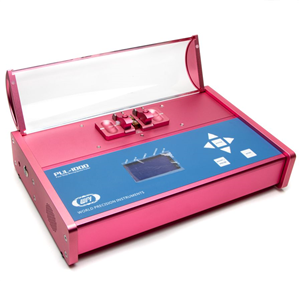
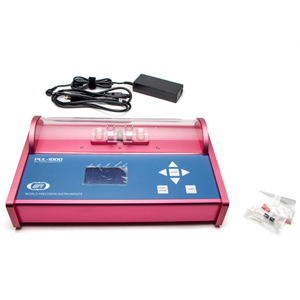
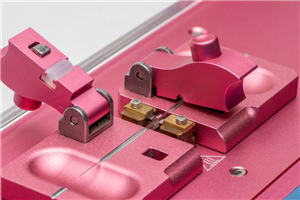
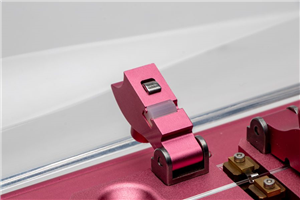
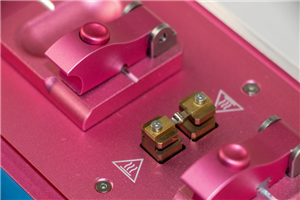
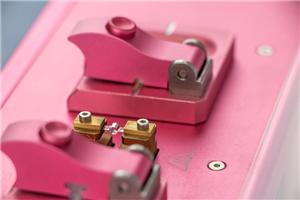
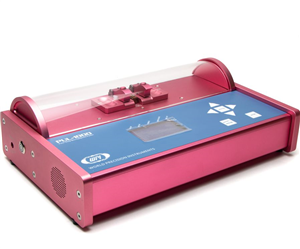
There are 7 images available to view - click to enlarge and scroll through the product gallery.
PUL-1000 Instruction Manual
/ Download as PDF
PUL-1000 Cookbook
/ Download as PDF
Brochure
/ Download as PDF
A compact, versatile and reliable workhorse ideal for educational and research use
- Program sequences up to four steps
- Produce micropipettes with a tip diameter less than 0.1 µm or greater than 10 µm
- Store up to 95 programs in memory for easy recall
- Includes:
- (1) PUL-1000 Puller
- (2) Glass clamp pads for 1.0~1.2 mm OD glass (translucent, pre-installed as default)
- (2) Glass clamp pads for 1.0~1.2 mm OD glass (translucent, spares)
- (2) Glass clamp pads for 1.5 mm OD glass (black)
- (2) Glass clamp pads for 2.0 mm OD glass (red)
- (1) Power supply
Benefits
- Tempered glass cover to reduce the effects of humidity on puller reproducibility
- Switchable power supply for any line voltage 90–240 VAC ensures that line voltage fluctuations don’t affect reproducibility
Applications
- Pull your own microelectrodes and micropipettes
Overview
PUL-1000 is a microprocessor controlled horizontal puller for making glass micropipettes or microelectrodes used in intracellular recording, patch clamp studies, microperfusion or microinjection. The puller was designed with tight mechanical specifications and precision electronics for complete control of the pulling process and accurate reproducibility. It offers programmable sequences of up to four steps with heating, force, movement and cooling time. This allows graduated cycles for applications like patch clamp recording.
This puller is a reasonably priced, compact, versatile and reliable workhorse. The microprocessor, combined with the LCD display, makes the PUL-1000 easy to use. Tempered glass cover
The cover of the pulling chamber is made with tempered glass to minimize the temperature effect on the reproducibility of the pulled pipettes.
Switchable power supply
PUL-1000 has a high quality switching power supply for use anywhere in the world without worry about the line voltage differences. Pulling reproducibility is unaffected by line voltage fluctuation. Heating voltage can be controlled to within 0.1% accuracy even when line voltage fluctuates from 90 to 240 VAC.
Programming
The settings for both stages can be stored in memory. Up to 95 user-selectable programs can be stored for later recall. The instrument contains two factory installed and tested programs. Choose from the factory installed programs or create your own.
Pulling glass
A glass capillary is heated by a platinum/iridium filament and pulled by a controlled force. PUL-1000 features permanent memory storage for up to 95 heat programs. It is remarkable in the flexibility and capability of producing a vast array of pipette shapes.
Pulling pipettes is an art, and reliable results depend on factors like the operating environment, the type of glass used and your technique. Understanding how the puller works is critical to manufacturing the pipettes you want.
PUL-1000 can produce pipettes with tip diameters from less than 0.1µm to 10+ µm. Microprocessor settings control the pulling automatically.
Choosing a Filament
Appropriate filament selection depends on your research application, but generally Box Filaments are recommended. This configuration is particularly suitable for slice preparations where long, parallel walls will aid penetration. If you are using a box filament, the size of the square box should be approximately 1.0mm to 1.5mm larger than the outside diameter of the glass to be pulled.
| Order code | Description |
| 13834 | Replacement box filament, 2.5 mm box, platinum iridium, 2.5 mm wide (Installed by default) |
| 14074 | Replacement box filament, 3 mm box, platinum iridium, 2 mm wide |
Videos
Five Factors Affecting the Pulling of Glass Micropipettes
Why Buy a PUL-1000 Research Puller for Making Micropipettes?
Specifications
| Heater Element | Platinum/Iridium Filament |
| Pulling Force | Solenoid, adjustable (100–400) |
| Taper Length | 1–10 mm |
| Capillary OD Range | 1.0–2.0 mm* |
| Maximum Capillary Length | 170 mm |
| Minimum Capillary Length | 55 mm |
| Permanent Memory Set | 95 (15 of which contain pre-installed programs) |
| Auto Shut-off Time | 90 s |
| Power | 90–240 VAC, 50/60 Hz, Max. 70W |
| DIMENSIONS | 37 x 24 x 15 cm |
| WEIGHT | 7 kg |
*Use the white pad (default) with 1-1.2 mm glass, the black pad with 1.5 mm glass and the red pad with 2 mm glass.
The PUL-1000 is supplied with box filament 13834 fitted. The is a box filament, 2.5 mm square, platinum iridium, 2.5 mm wide.
Accessories
Citations
Abrar A. Aljiboury, Amra Mujcic, Thomas Cammerino, Lindsay I. Rathbun, Heidi Hehnly (2021), Imaging the early zebrafish embryo centrosomes following injection of small-molecule inhibitors to understand spindle formation, https://doi.org/10.1016/j.xpro.2020.100293
Dolat, Lee and Valdivia, Raphael H., (2021), An endometrial organoid model of Chlamydia-epithelial and immune cell interactions, https://jcs.biologists.org/content/early/2021/01/19/jcs.252403
Graham Casey,Charles Askew,Mark A. Brimble,R. Jude Samulski,Andrew M. Davidoff,Chengwen Li,Bradley J. Walters (2020), Self-complementarity in adeno-associated virus enhances transduction and gene expression in mouse cochlear tissues, https://doi.org/10.1371/journal.pone.0242599
Holicki, Cora M. and Michel, Friederike and Vasic, Ana and Fast, Christine and Eiden, Martin and Raileanu, Cristian and Kampen, Helge and Werner, Doreen and Groschup, Martin H. and Ziegler, Ute, (2020), Pathogenicity of West Nile Virus Lineage 1 to German Poultry, https://www.mdpi.com/2076-393X/8/3/507
Chen, Ming and Liu, Ao and Chen, Bei and Zhu, Dao-Ming and Xie, Wei and Deng, Fang-Fang and Ji, Li-Wei and Chen, Li-Ben and Huang, Hui-Ming and Fu, You-Rong and Liu, Wei and Wang, Fu-Bing, (2019), Erythrocyte-derived vesicles for circulating tumor cell capture and specific tumor imaging, http://dx.doi.org/10.1039/C9NR01805K
Christopher S. Lefky, Avinash Mamidanna, Owen J. Hildreth (2018), Ultra near-field electrohydrodynamic cone-jet breakup of self-reducing silver inks, https://doi.org/10.1016/j.elstat.2018.10.006.
Plautz, C. Z., Williams, H. C., & Grainger, R. M. (2016). Functional Cloning Using a Xenopus Oocyte Expression System. Journal of Visualized Experiments, (107), e53518–e53518. http://doi.org/10.3791/53518
Komarova, Y., Peloquin, J., & Borisy, G. (2011). Components of a microinjection system. Cold Spring Harbor Protocols, 2011(8), 935–9. http://doi.org/10.1101/pdb.ip27





Request
Catalogue
Chat
Print